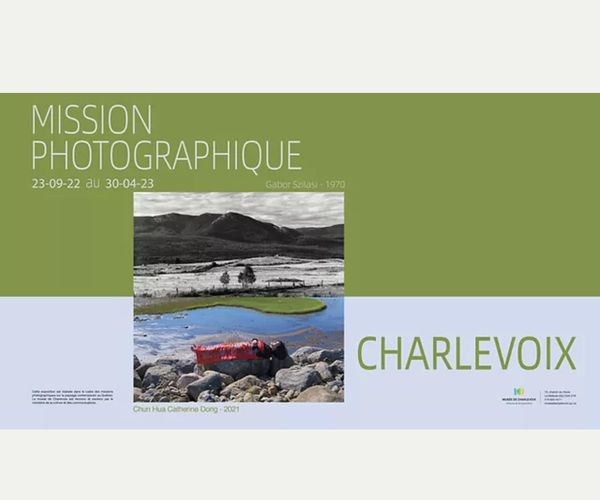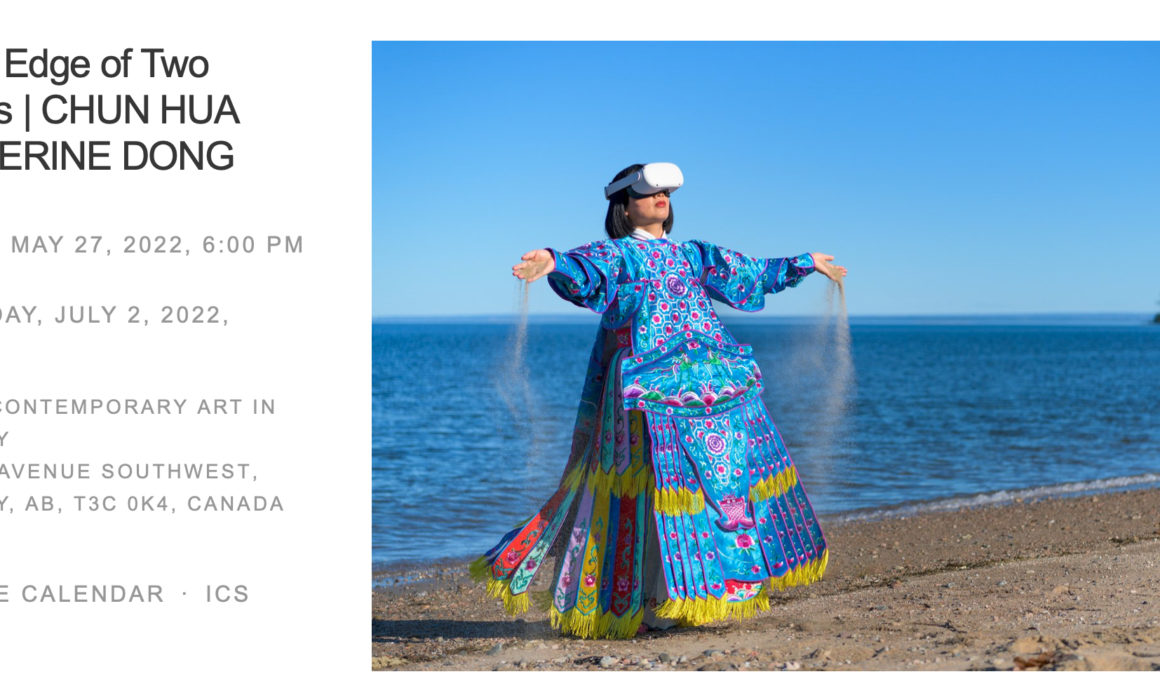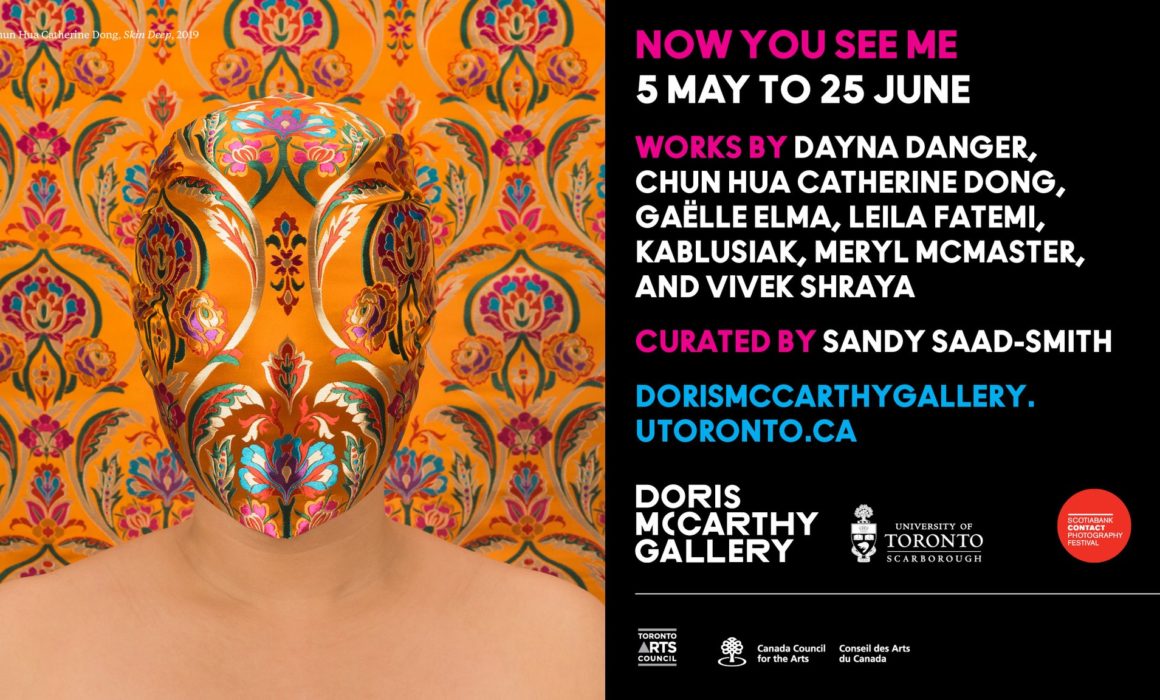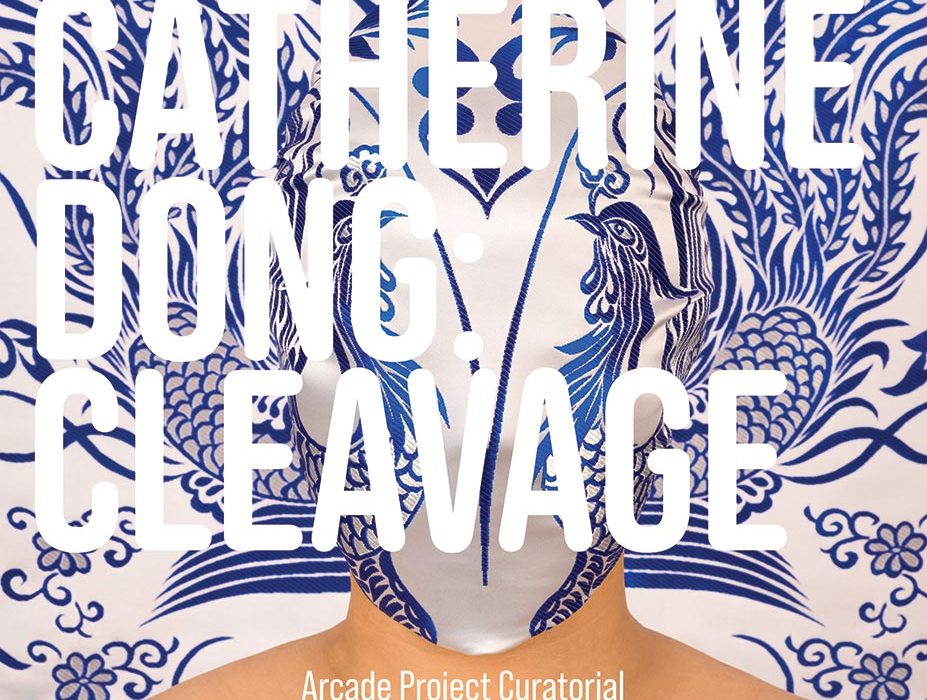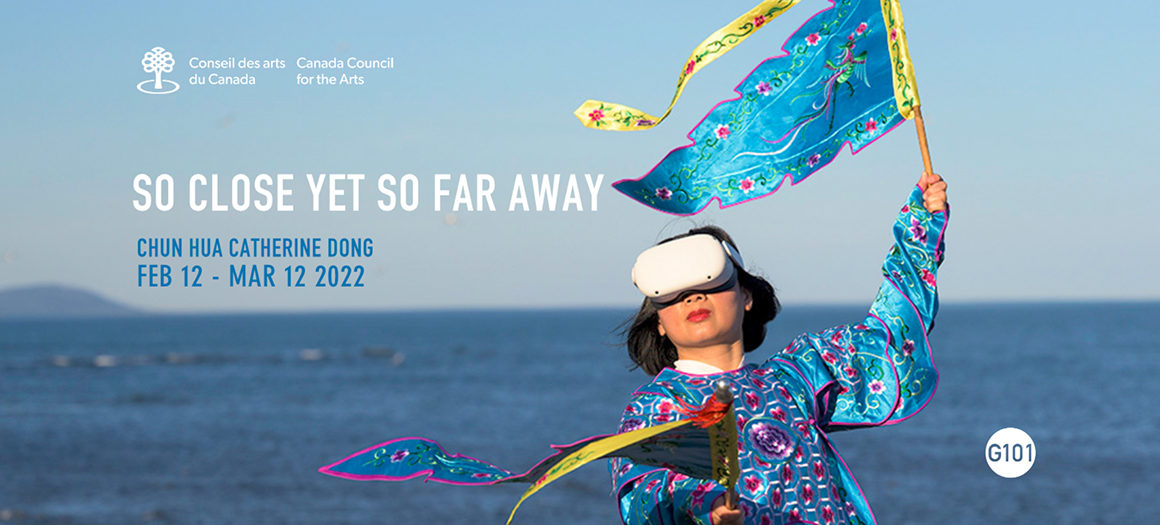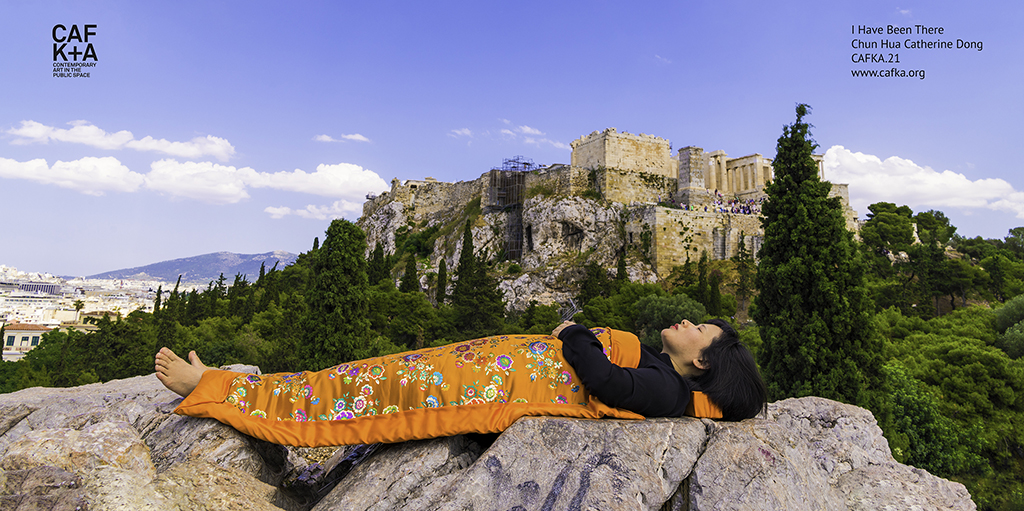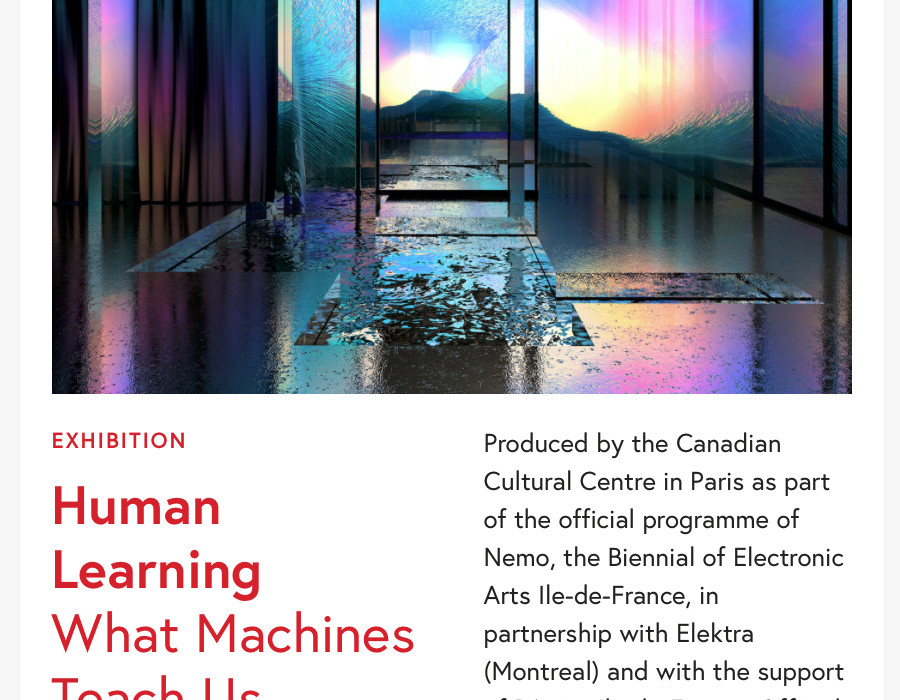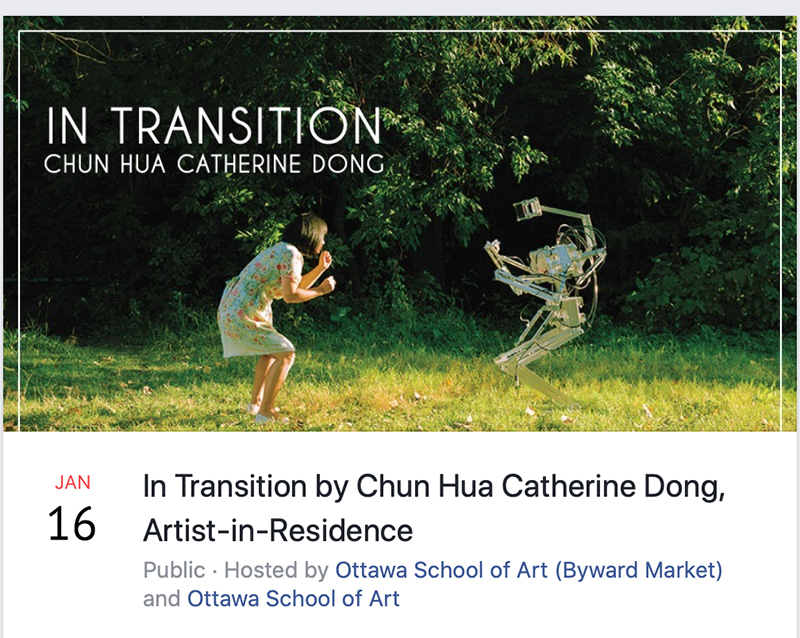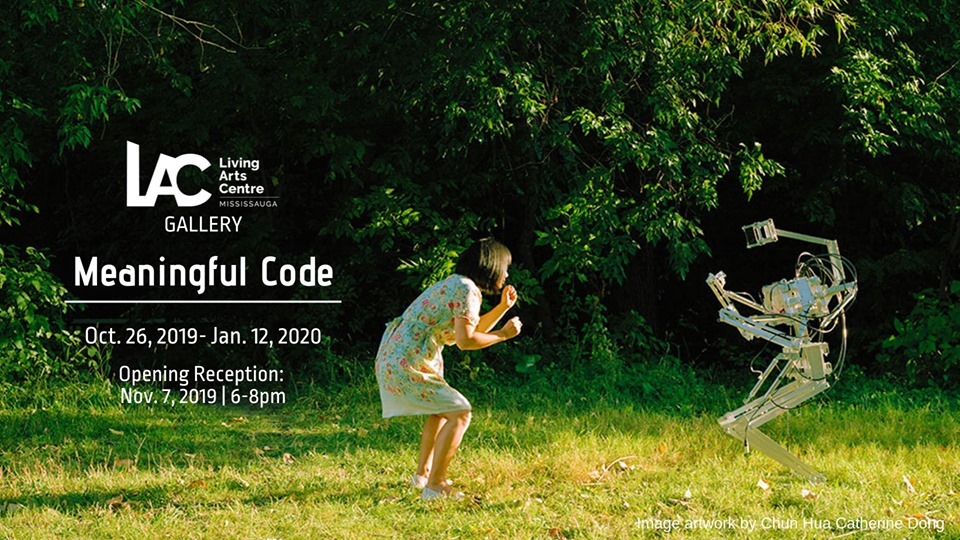Two Person’s Exhibition – Musée de Charlevoix
Two Person’s Exhibition: September 23, 2022 – April 30, 2023
Gallery: Musée de Charlevoix
Address: 210 Chem. du Havre, La Malbaie, QC G5A
MISSION PHOTOGRAPHIQUE CHARLEVOIX
Charlevoix a été le cadre d’une mission photographique destinée à documenter le paysage québécois. Depuis le passage dans la région du photographe d’origine hongroise, Gabor Szilasi, en 1970, qu’en est-il des paysages de Charlevoix ?
Un demi-siècle plus tard, une photographe professionnelle de la relève, Chun Hua Catherine Dong, en résidence dans la région, livre sa vision contemporaine et critique du paysage. Cette artiste née en Chine met en scène son propre corps et l’utilise en tant que monument humain.
Le contraste est frappant. En cinquante ans, la photographie a évolué à une vitesse fulgurante. Obtenus au terme d’un patient travail en chambre noire, les tirages argentiques de Gabor Szilasi ramènent à la vie une technique traditionnelle en voie de disparition, à l’image des espaces qu’il documente, équipé de son appareil à chambre 4 X 5 et de son Leika.
Pour ses créations, Chun Hua Catherine Dong utilise le plein potentiel de la photographie numérique, explorant les technologies de la vidéo 360 degrés et de la modélisation virtuelle dans des performances immersives d’avant-garde.
ette exposition est un concentré de la vaste récolte d’images de ces deux artistes, inspirés par le caractère unique d’une région rurale et de ses paysages mythiques.
For more info about the work I show at the Musée de Charlevoix, please visit here. For more about Musée de Charlevoix, please visit here

